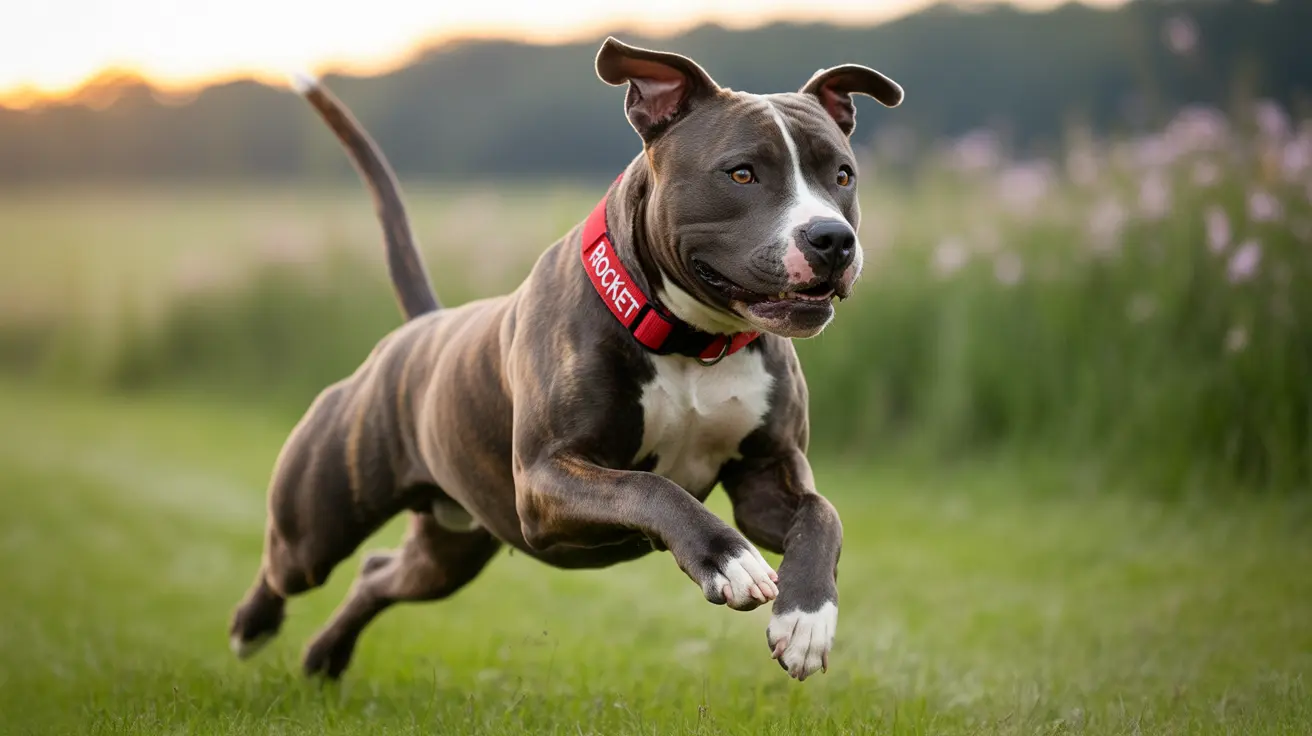The History and Purpose of Pit Bulls: What Were Pit Bulls Bred For?
The history of pit bulls is a fascinating journey that spans from their origins in blood sports to their evolution as beloved family companions. Understanding what pit bulls were bred for helps explain their physical characteristics, temperament, and the controversies that sometimes surround these remarkable dogs today.
In this comprehensive guide, we'll explore the original breeding purposes of pit bulls, their historical development, and how their roles have evolved over time. We'll also address common misconceptions and shed light on the breed's true nature.
The Origins of Pit Bulls
Pit bulls emerged in the early 19th century United Kingdom through the deliberate crossing of Old English Bulldogs with various terrier breeds. This combination was designed to create dogs with the strength and tenacity of bulldogs and the agility and determination of terriers.
The term "pit bull" originally referred to dogs bred specifically for blood sports, particularly bull-baiting and bear-baiting. When these cruel practices were outlawed in 1835, the dogs' purpose shifted to other activities, leading to further refinements in their breeding.
Early Breeding Purposes and Blood Sports
The primary initial purpose of pit bulls centered around three main activities:
- Bull-baiting and bear-baiting
- Ratting competitions
- Dog fighting
The "pit" in their name actually comes from the ratting pits where these dogs would compete to catch rats, demonstrating their speed and agility. Despite their involvement in these violent sports, breeders specifically selected dogs that showed no aggression toward humans, as handlers needed to safely manage them during events.
Evolution into Working Dogs
As blood sports became illegal, pit bulls found new purposes as working dogs in America. Their strength, intelligence, and loyalty made them excellent:
- Farm and ranch dogs
- Cattle herders
- Protection dogs
- All-purpose working companions
Development of the Modern Pit Bull
John P. Colby played a crucial role in developing the American Pit Bull Terrier starting in 1889. His breeding program helped standardize the breed's characteristics, focusing on creating dogs that were both powerful and reliable family companions.
This period marked a significant transition in pit bull breeding, emphasizing traits such as:
- Strong work ethic
- Human-friendly temperament
- Athletic ability
- Intelligence and trainability
Transition to Family Companions
By the early 20th century, pit bulls began gaining recognition as family dogs. Their loyalty, gentleness with children, and protective nature earned them a reputation as excellent family companions. This transformation from fighting dogs to beloved pets demonstrates the breed's adaptability and inherent good nature when properly trained and socialized.
Frequently Asked Questions
What were pit bulls originally bred for in the 19th century?
Pit bulls were originally bred for blood sports such as bull-baiting and bear-baiting in the early 19th century. They were created by crossing Old English Bulldogs with terrier breeds to combine strength with agility.
How did the breeding of pit bulls change after bull-baiting was outlawed?
After bull-baiting was outlawed in 1835, breeding focused on ratting competitions and, unfortunately, dog fighting. However, this period also saw the beginning of their transition to working dogs and family companions in America.
Why were terriers crossed with Old English Bulldogs to create pit bulls?
Terriers were crossed with Old English Bulldogs to create dogs that combined the bulldog's strength and tenacity with the terrier's agility, speed, and determination, resulting in a versatile and capable working breed.
How did pit bulls transition from fighting dogs to family companions?
The transition occurred gradually as blood sports became illegal and people recognized the breed's loyalty, intelligence, and gentle nature with humans. Their strong work ethic and protective instincts made them valuable family dogs and working companions.
What role did John P. Colby play in the development of the American Pit Bull Terrier?
John P. Colby was instrumental in standardizing the American Pit Bull Terrier breed starting in 1889. His breeding program helped establish consistent physical and temperamental traits that defined the modern breed standard.






